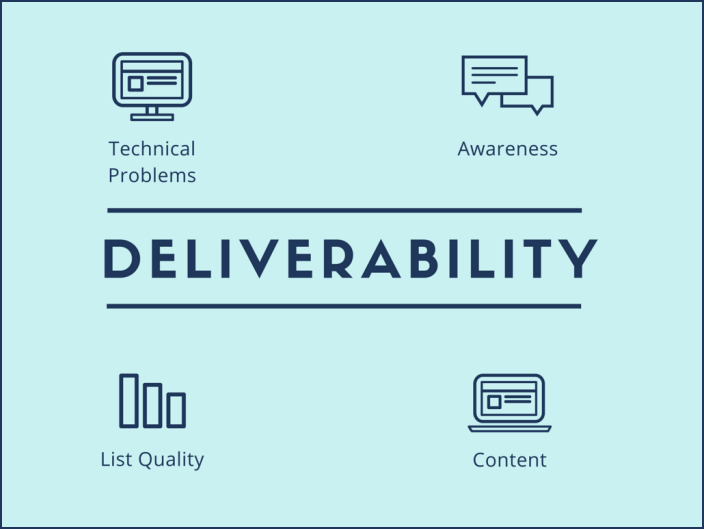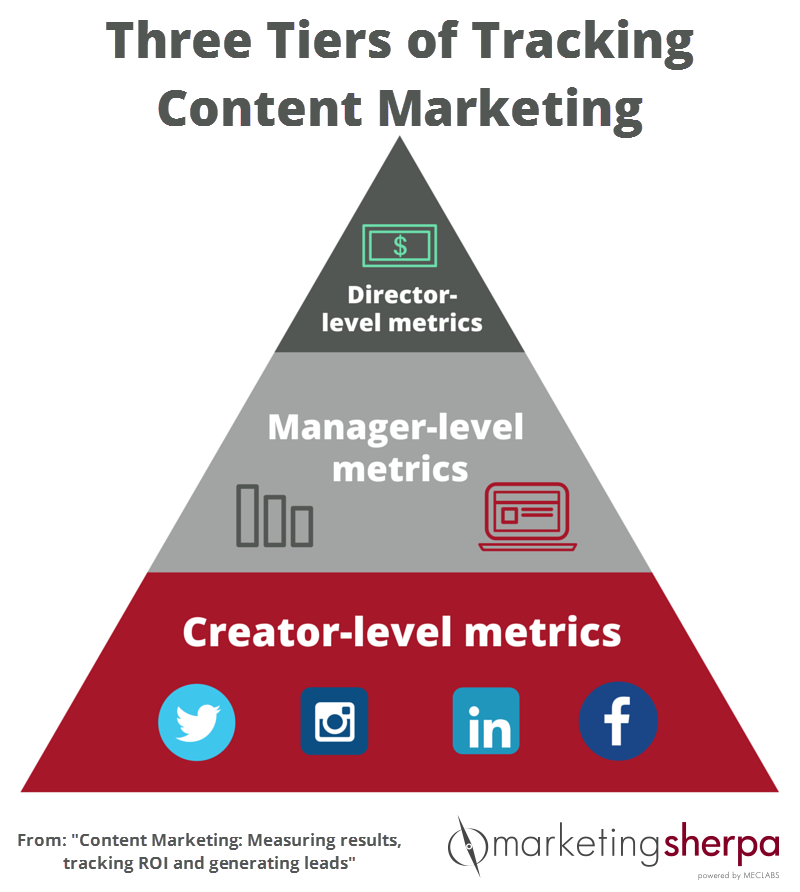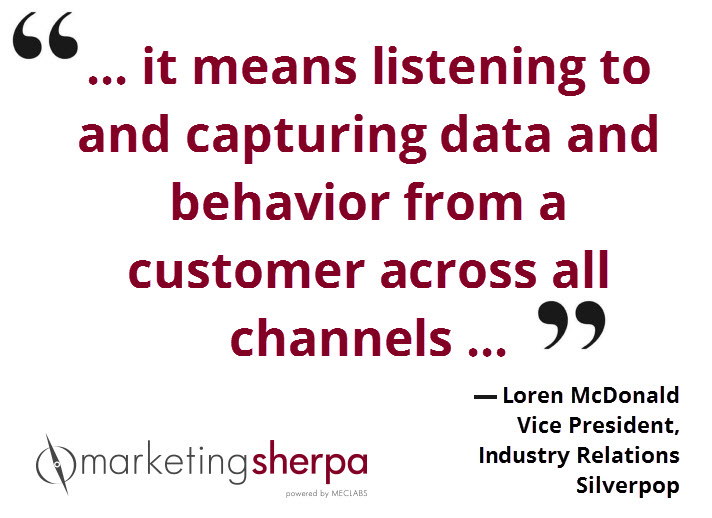What Single Attribute Can Improve Your Marketing? Sales and Marketing alignment
After writing hundreds of MarketingSherpa Newsletter case studies and, in the process, interviewing, speaking with and getting to know many, many marketers, one attribute really stands out for influencing successful marketing — Sales and Marketing alignment.
It doesn’t guarantee success and lack of alignment doesn’t automatically mean failure. However, when Marketing and Sales are working together as a team instead of as adversaries within a company, the entire sales pipeline is much more effective.
One reason for this success is that companies with a Sales and Marketing alignment are much more likely to see the entire customer experience holistically, where each person is seen in terms of where they are in the process.
For example, that person will be seen as a freshly generated lead, a prospect who has been handed off to Sales, a paying customer requiring service or an ongoing nurturing to ensure they remain a customer. This is much more preferable than being just a cog in a process that begins with Marketing, goes to Sales — where, at that point, the person drops off of Marketing’s radar altogether — and then, hopefully, is passed to customer service and is no longer a Sales concern.








 channels along their customer journey and is organized around that customer experience and journey, rather than individual channels. Then from an execution perspective, it means listening to and capturing data and behavior from a customer across all channels and then responding back through the channel, or channels, that best moves that individual customer on to the next stage of the journey.
channels along their customer journey and is organized around that customer experience and journey, rather than individual channels. Then from an execution perspective, it means listening to and capturing data and behavior from a customer across all channels and then responding back through the channel, or channels, that best moves that individual customer on to the next stage of the journey.






